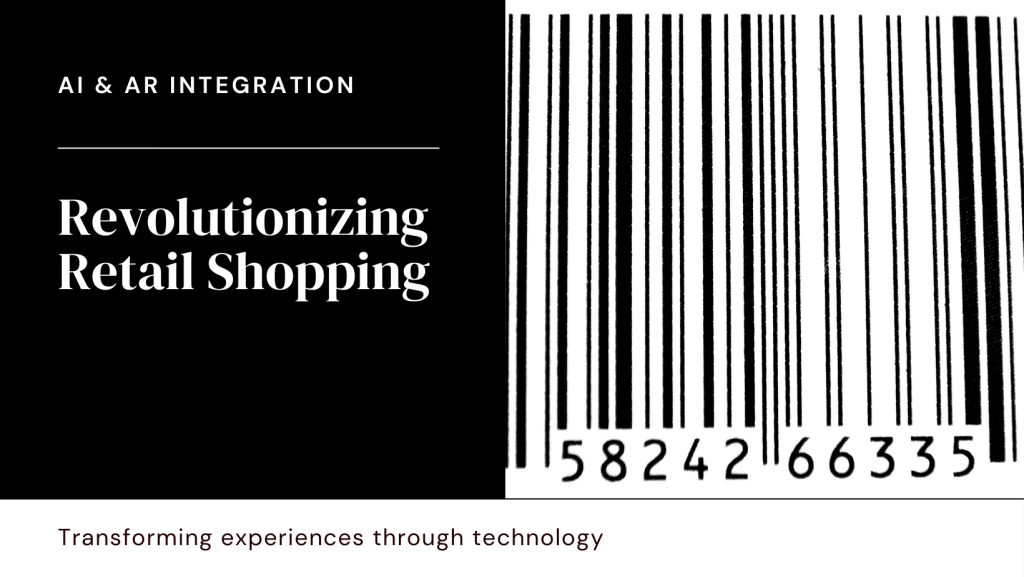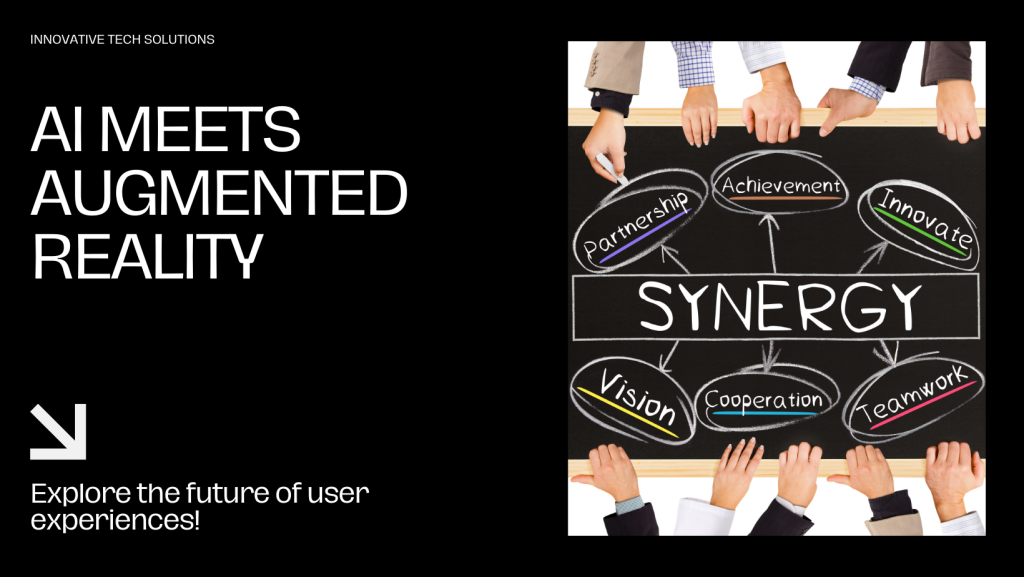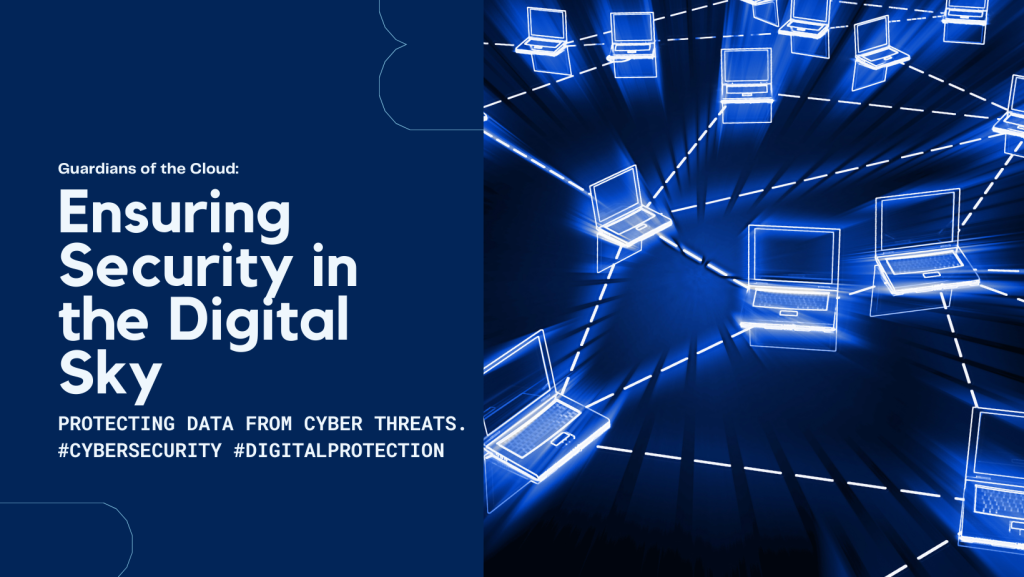The retail industry is undergoing a transformation thanks to the convergence of Artificial Intelligence (AI) and Augmented Reality (AR). These technologies are enhancing the shopping experience by providing personalized, interactive, and immersive solutions that cater to modern consumers’ expectations.
AI-driven AR applications are revolutionizing how customers interact with products. For instance, virtual fitting rooms use AR to allow customers to try on clothes virtually. AI enhances this experience by analyzing body measurements and personal preferences to provide accurate size recommendations and style suggestions. This technology not only improves the shopping experience by reducing the need for physical try-ons but also helps consumers make more informed purchasing decisions.
In addition to virtual try-ons, AR can be used to create interactive product displays. For example, a consumer shopping for furniture can use AR to visualize how different pieces would look in their own home. They can view the furniture in 3D, adjust its placement, and see how it fits with their existing decor. AI can analyze user preferences and recommend products based on previous purchases or browsing behavior, creating a personalized shopping experience that feels tailored to each individual.
AI also plays a crucial role in optimizing inventory management and personalized marketing. By analyzing consumer data, AI can predict shopping trends and optimize stock levels to ensure that popular items are always available. Additionally, AI can generate personalized marketing campaigns based on individual shopping habits and preferences. For example, a customer who frequently buys athletic wear might receive AR-enabled advertisements showcasing new workout gear, making the marketing efforts more relevant and engaging.
AR can enhance in-store experiences as well. Retailers can use AR to create engaging in-store displays and interactive product information. For example, customers can point their smartphones at a product to access detailed information, such as reviews, prices, and promotional offers, all overlaid on their view of the physical product. This immediate access to information helps consumers make quicker decisions and enhances their overall shopping experience.
Customer service is another area where AI and AR are making an impact. AR can be used to provide virtual assistance in-store, guiding customers through the store or helping them find specific products. AI-driven chatbots can handle customer inquiries and provide personalized support, improving service efficiency and customer satisfaction.
In conclusion, the integration of AI and AR in retail is enhancing the shopping experience by offering personalized, interactive, and immersive solutions. From virtual fitting rooms to interactive product displays and optimized inventory management, these technologies are transforming how consumers interact with brands and make purchasing decisions. As AI and AR continue to evolve, their impact on the retail industry will likely grow, offering even more innovative ways to engage and delight customers.

















